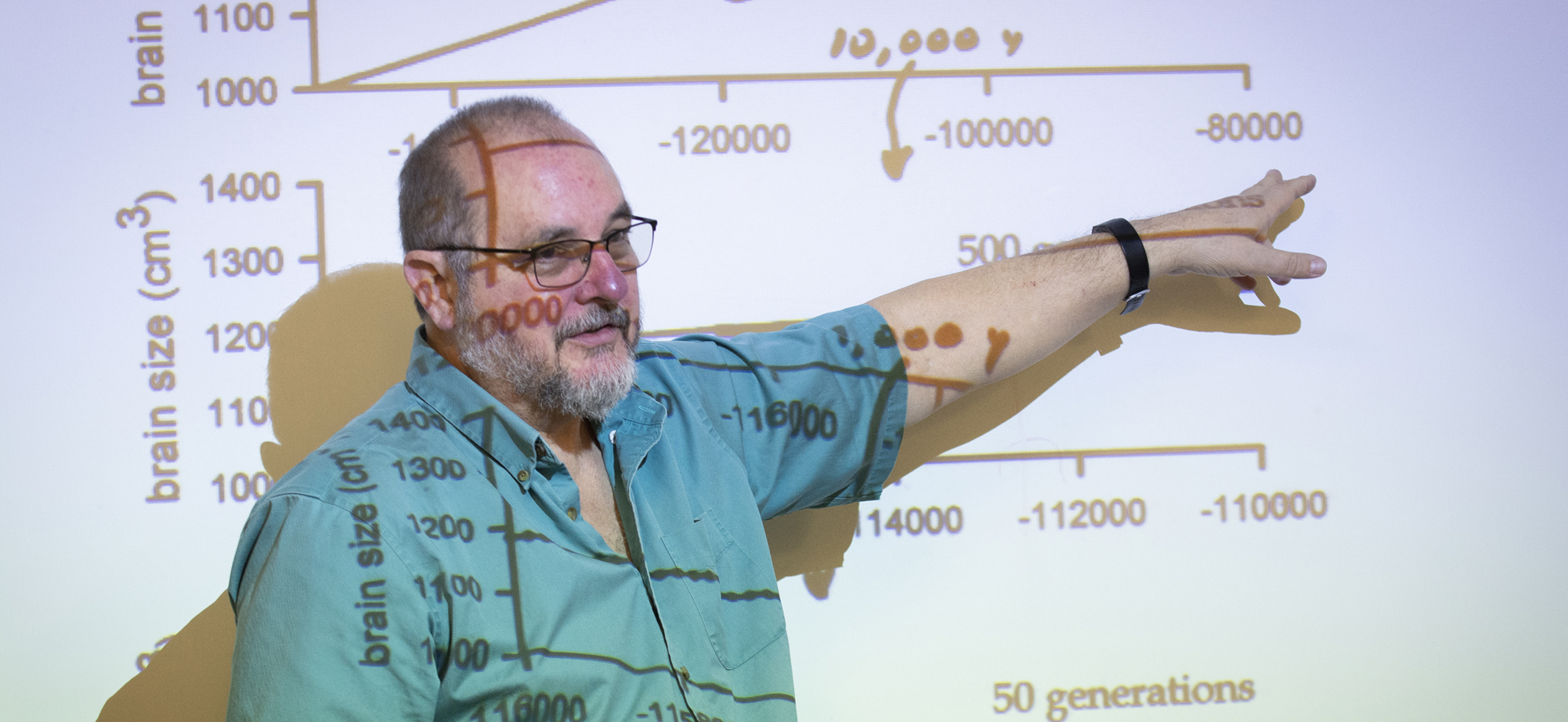SPRING 2010 Asa Gray Seminar Series
February 8, 2010
Interactions between Complementary Sex Determination and Wolbachia in Parasitoid Wasps
Laura Anne Weiser Erlandson, Ph.D.
Assistant Professor of Biology, Department of Biology, SUNYIT
As in many other hymenopterans, sex in Habrobracon hebetor (Say) (Hymenoptera: Braconidae) is determined by single-locus complementary sex determination. Thus, unfertilized eggs become haploid males and fertilized eggs that are homozygous and heterozygous at the sex locus develop into diploid males and females, respectively. We investigated the effects of Wolbachia on the production of diploid males.
March 8, 2010
Correlation of Documented Historical Long-Term Changes in the Macrophyte Community at Put-in-Bay, Ohio in western Lake Erie with Dated Sediment Core Pollen Analysis
David Moore, Ph.D.
Professor of Biology, Department of Biology, Utica College
The first comprehensive survey and baseline comparison for future interpretations of the aquatic macrophyte communities of western Lake Erie was completed in 1898, by Adrian J. Pieters as part of the first US comprehensive lake survey. Those observations were supplemented by a series of collections and documented observations from Pieters’ time into the 21th century by a succession of scientists including my work over the last 40 years. From that long-term data base we have a detailed history of the aquatic macrophyte community of the Lake Erie Island Flora. My research over the last four years has examined the pollen records of that same area, confirming historical records and providing a glimpse into the nature of and diversity of the western Lake Erie macrophyte communities extending back approximately 5,400 years, when western Lake Erie exhibited somewhat different plant distribution.
March 29, 2010
The Tell-tale Heart: Innate Immune Responses to Mammalian Orthoreovirus Infection
Geoffrey H. Holm, Ph.D.
Assistant Professor of Biology, Department of Biology, Colgate University
Mammalian orthoreoviruses (reovirus) are non-enveloped viruses characterized by a genome composed of multiple segments of double-stranded RNA. Reoviruses infect multiple mammalian species, including humans, though disease is limited to the very young. In newborn mice, reovirus infection causes myocarditis, or inflammation of the heart. Apoptosis, or programmed cell death, is a pathologic hallmark of reovirus-induced myocarditis. Additionally, reovirus-induced myocarditis is greatly influenced by functions of the innate immune system, cellular mechanisms that detect and respond to pathogens prior to the induction of pathogen-specific adaptive immune responses. My laboratory examines the relationships between innate immune responses to reovirus infection and the induction of programmed cell death. Our data indicate that in cell-culture models, the innate immune transcription factors IRF-3 and NF-κB enhance reovirus-induced apoptosis. However, this function appears to be distinct from the role of these transcription factors in inducing expression of the antiviral cytokine, IFN-β. In vivo, these pathways function to limit reovirus-induced myocarditis and facilitate viral clearance. These results suggest that the interface between innate immune responses and cell death pathways is a critical nexus of viral pathogenesis.
April 26, 2010
Neptune’s Nematodes: Searching for the Root of the Nematode Phylogeny in the Sea
Ashleigh Smythe, Ph.D.
Visting Assistant Professor of Biology, Department of Biology, Hamilton College
Nematodes, commonly called roundworms, are among the most diverse metazoans on the planet. Only 25,000 species have been described, but estimates of the true number of species range from 500,000 into the millions. Molecular phylogenies over the past decade have suggested that there are three major lineages of nematodes: Chromadoria, Dorylaimia, and Enoplia. The order of appearance in evolutionary time of these lineages remains unclear, however. Morphological and developmental evidence suggest that Enoplia may have emerged first. Members of Enoplia are found in marine and estuarine sediments worldwide and may represent the root of the nematode phylogeny. In this talk I will discuss my work constructing a phylogeny of the Enoplia using 18S and 28 rDNA and its implications for the evolution of Nematoda.

